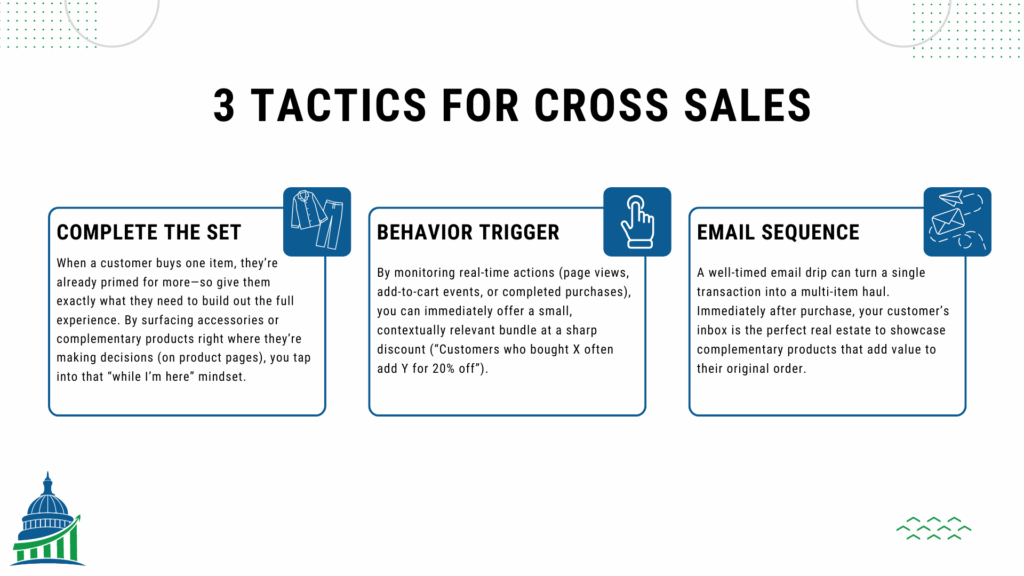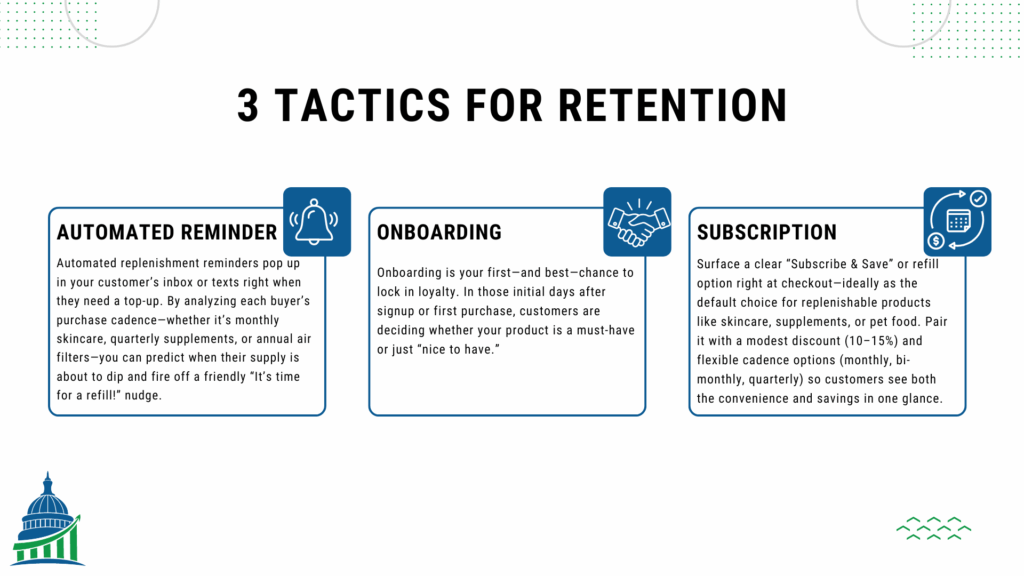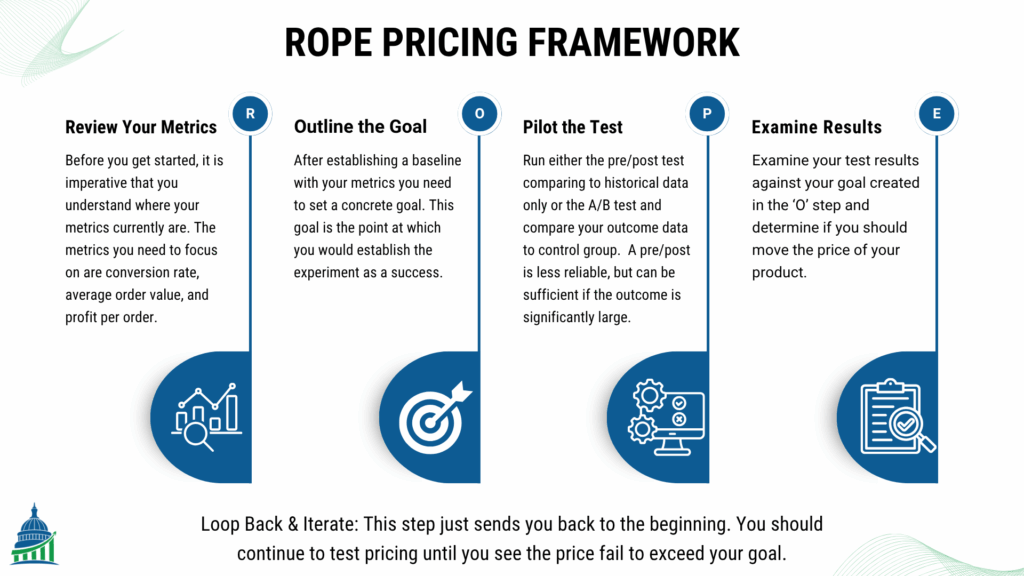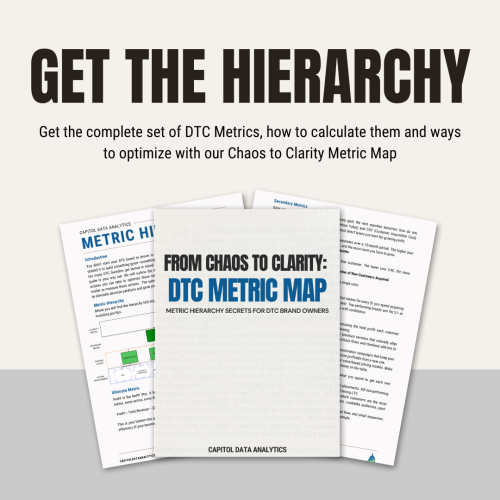As an American-made manufacturer, you've relentlessly optimized your production line, yet three hidden wastage points beyond your view still threaten your profitability and even your business survival.
Read MoreImagine pouring your blood, sweat, and tears into crafting the perfect American-made product—only to see your hard-won customers vanish after one sale, their wallets closed forever. That gut-wrenching moment when you realize you’ve treated buyers like one-night stands, not lifelong partners, is the wake-up call every DTC founder dreads. Customer Lifetime Value (LTV) is the soul of your brand’s survival—every dollar beyond the first purchase is a battle scar in your war against wasted ad spend and fleeting trends. Master it, and you unleash a relentless profit engine; ignore it, and you’re bleeding cash in slow motion.
But this doesn’t have to be doom-and-gloom. In the next pages, you’ll discover seven, battle-tested strategies that turn casual shoppers into die-hard evangelists. Strap in, because once you lock these tactics into your funnel, your LTV will explode, your revenue will roar, and your competition will be left choking on your exhaust. Let’s go win.

Before we dive into the seven power moves, let’s get crystal on the battlefield layout: there are only two roads to LTV domination—sell more, or charge more. “Sell more” breaks down into two fronts: get each customer to buy more often (retention) or buy more per order (upsell & cross-sell). Master these, and you stack repeat purchases like a loyalty skyscraper.
On the other flank is “Increase Price”—the art of nudging your price up without sending your buyers fleeing. Raise your margins, amplify your profit per order, and watch every retention and upsell tactic you run multiply your gains. With these two categories clear, you’ll see how each of our tactics slots neatly into either cranking sales volume or boosting price—so you can pick your weapons, lock in your strategy, and execute with surgical precision. Now, let’s arm you with the exact tactics to win on both fronts.

When a customer buys one item, they’re already primed for more—so give them exactly what they need to build out the full experience. By surfacing accessories or complementary products right where they’re making decisions (on product pages) and right after they convert (in post-purchase emails), you tap into that “while I’m here” mindset. Instead of hoping they’ll browse for add-ons, you remove friction by presenting an irresistible, contextually relevant offer: the perfect case for their new device, coordinating straps for that watch, or the matching charger that makes setup seamless.
Pro Tip: Affinity Heatmaps: Use clickstream and purchase-pair data to surface the top 3–5 “most likely” add-ons for each main SKU.
Behavior-triggered bundles turn passive browsing into active buying—and keep customers coming back for more. By monitoring real-time actions (page views, add-to-cart events, or completed purchases), you can immediately offer a small, contextually relevant bundle at a sharp discount (“Customers who bought X often add Y for 20% off”). This approach does more than boost average order value: it reinforces that you understand each customer’s needs, making them feel seen and encouraging them to return for the next perfect pairing.
Pro Tip: A/B Test Bundle Depth & Discount
Experiment with both the size of the bundle (single accessory vs. multi-item set) and the discount level to find the sweet spot that maximizes incremental profit per order—then standardize on the top-performing combo.
A well-timed email drip can turn a single transaction into a multi-item haul. Immediately after purchase, your customer’s inbox is the perfect real estate to showcase complementary products that add value to their original order. By automating a three-step sequence—each message spotlighting a distinct accessory or upgrade—you keep your brand top of mind, inspire additional buys, and demonstrate that you truly understand how your products work together.
Start with a quick “Thank You” note that subtly introduces the first complementary item (“Loved your new X? Pair it with Y to unlock…”). A few days later, follow up with a how-to or use-case feature (“Here’s how Y and X create the ultimate experience…”). Finally, send a last-call reminder, maybe with a small incentive (“Complete the set now and save 10% before this offer expires”). This staggered approach moves beyond a single “You might also like…” banner—each email tells a micro-story that makes the add-on feel indispensable rather than optional.
Introducing a “Pro” or “Deluxe” tier isn’t just about squeezing more margin—it’s a retention engine. When you clearly outline the extra benefits of the premium version, you give customers a reason to stick around rather than drift to cheaper alternatives. By elevating the value proposition—better specs, exclusive features, enhanced support—you shift the conversation from “Why pay more?” to “How soon can I get this upgrade?”
To make the upgrade irresistible, integrate it seamlessly into your shopping flow. On product pages, use a concise comparison call-out that contrasts the base and Pro tiers—think feature checkmarks, side-by-side visuals, and a clear percentage value of the uplift. At checkout, surface a one-click upgrade banner that reinforces what they’ll unlock (e.g., “Upgrade now for free priority shipping and two extra cartridges”). This dual placement ensures the option is top-of-mind and easy to action at both discovery and decision points.
Pro Tip: Anchoring With a Decoy Tier
Introduce a third “Decoy” option priced between your base and Pro versions but with less compelling features. This makes the Pro tier feel like the smartest, highest-value choice.

Nothing kills momentum faster than a customer running out of your product—and then… nothing. Automated replenishment reminders close that gap by popping up in your customer’s inbox or texts right when they need a top-up. By analyzing each buyer’s purchase cadence—whether it’s monthly skincare, quarterly supplements, or annual air filters—you can predict when their supply is about to dip and fire off a friendly “It’s time for a refill!” nudge before they even think about switching brands.
Pro Tip: Channel Mix Testing
Some customers respond better to SMS, others to email. A/B test reminder channels (and timing) to find the sweet spot for open rates and clicks—then auto-route future messages on what works best for each segment.
Onboarding & Education Series
Onboarding is your first—and best—chance to lock in loyalty. In those initial days after signup or first purchase, customers are deciding whether your product is a must-have or just “nice to have.” A well-crafted welcome drip accelerates their “aha” moments by delivering bite-sized tutorials, real-world use-cases, and tactical tips right when they need them. By spacing these messages over the first 2–4 weeks, you reinforce value, coach customers through every feature, and preempt confusion that leads to churn.
Pro Tip: Social-Proof Spotlights
Weave in mini case-studies or user quotes that mirror the customer’s profile or industry. Seeing peers succeed not only validates your product’s value, it also sparks ideas for deeper engagement.
Subscription models can increase customer lifetime value by up to 1.78× for DTC brands with lower average order values (under $25)(Source). To capitalize on this lift, surface a clear “Subscribe & Save” or refill option right at checkout—ideally as the default choice for replenishable products like skincare, supplements, or pet food. Pair it with a modest discount (10–15%) and flexible cadence options (monthly, bi-monthly, quarterly) so customers see both the convenience and savings in one glance. By reducing friction and framing the subscription as the smarter deal, you turn a one-time sale into ongoing revenue.
Pro Tip: First-Order “Try & Subscribe” Perk
Sweeten the deal on the checkout page by bundling a free sample or bonus accessory with the first subscription order—delighting customers and cementing the habit early.
Before tweaking your prices, first identify whether you’re in a commodity market—where products are interchangeable and price wars reign—or a value-based market, where brand story and unique features command a premium. In pure commodity segments, small price hikes often backfire as shoppers chase the lowest price, but strategic increases can still pay off: one report showed that a subscription business locked in a price war lifted its price by 51% and saw revenue jump 16%, proving you can escape the squeeze even in a cutthroat category. In value-based markets, perceived quality and differentiation give you even more leeway to raise rates without sending customers running. The goal remains simple: push prices up only until the extra profit per visitor peaks before any drop in conversion outweighs it.

Pre/Post Test
A/B Split
By systematically “reading metrics, outlining a goal, piloting tests, examining results, and iterating,” you’ll uncover the precise price points that maximize profit without alienating your most valuable customers.
You’ve just unlocked seven battle-tested strategies to crank your LTV into overdrive—but knowing the playbook is only half the battle. Without a crystal-clear view of the high-leverage metrics that power each tactic—think LTV-to-CAC ratio, repeat purchase rate, upsell attach rate, subscription retention, price elasticity and beyond—you’re flying blind. Every cross-sell offer, subscription hook and pricing experiment you deploy needs real-time feedback to prove its profit impact and fuel your next move.
That’s exactly why we created From Chaos to Clarity: DTC Metric Map—a tactical guide that tells you precisely which metrics to track, why each one moves the needle, and actions to improve them. No more guessing, no more half-baked dashboards: this guide lays out the metrics blueprint for sustainable, scalable growth. Grab your copy now and turn data chaos into a profit-driving engine.

As an American-made manufacturer, you've relentlessly optimized your production line, yet three hidden wastage points beyond your view still threaten your profitability and even your business survival.
Read MoreThe most profitable American-made DTC brands treat marketing like a production line—tracking six essential metrics that turn data into decisive action and profit.
Read MoreBreak Open the Black Box—Unlock the Power of Sales Attribution for American-Made DTC Brands.
Read More